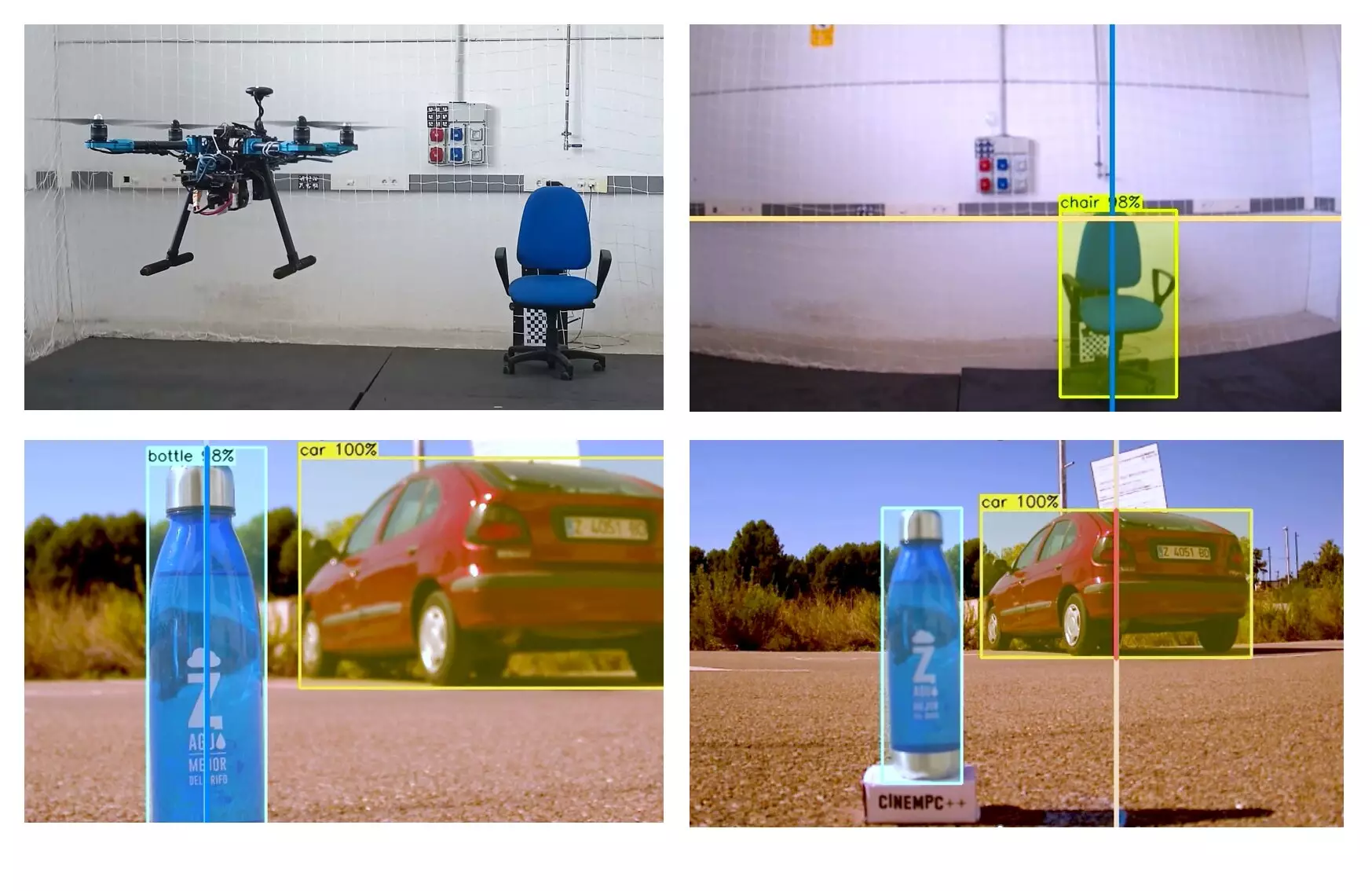In recent years, the film industry has witnessed a significant boost in technological advancements that have revolutionized the world of cinematography. Sophisticated drones and cameras have opened up new exciting possibilities for filmmakers, enabling them to capture scenes from previously inaccessible angles with higher resolution than ever before. This article explores the groundbreaking work of researchers at the University of Zaragoza and Stanford University who have developed an innovative cinematographic system called CineMPC. With the use of fully autonomous drones equipped with cinematographic cameras, this system has the potential to bring a wave of innovation not only to the film industry but also to various other sectors that can benefit from high-quality video footage.
The Gap in Autonomously Controlled Camera Intrinsic Parameters
One of the key contributions of the CineMPC system is its ability to provide automatic control over camera intrinsic parameters. This aspect has been overlooked in existing solutions for autonomous drone cinematography. Camera intrinsic parameters, such as focal length, aperture, and focus distance, play a crucial role in achieving different artistic and technical goals in cinematography. These parameters determine the depth of field, the iconic shots like the dolly-zoom or vertigo effect, and many other visual aspects that contribute to the storytelling process. By autonomously modulating these camera intrinsics, CineMPC bridges the gap that existed in previous solutions, providing filmmakers with a wide array of user-defined cinematographic instructions.
The CineMPC system, developed by Pablo Pueyo Ramon and his colleagues, is a culmination of years of research and innovation in cinematography. The software can be installed on any drone equipped with a controllable professional camera, such as a DSLR camera. In their recent study, the researchers expanded the functionalities of the software and evaluated its performance in real-world settings. The latest version of CineMPC includes advanced control strategies and a perception module that can identify relevant information from the scene, such as actors and actresses. With these enhancements, CineMPC now offers a 100% autonomous control solution, empowering filmmakers with creative freedom, improved safety, and increased autonomy for real-time decision-making.
Remarkable Results and Potential Applications
Testing the improved version of CineMPC on a real drone for cinematography, Pueyo and his team achieved remarkable results. The software reliably estimated the relative poses of filmed targets, enabling users to have greater control over the captured footage. Filmmakers can now add unique effects, track specific people or objects, and unleash their creativity like never before. The implications of this study for cinematography alone are groundbreaking, offering filmmakers the opportunity to push the boundaries of their craft.
Furthermore, the accessibility of the updated version of CineMPC for developers, cinematographers, and filmmakers online opens up numerous applications beyond the world of cinema. Environmental scientists and researchers can benefit from this technology, as it allows them to monitor wildlife and natural environments closely without disruption. The zoom control of drone-equipped cameras can bring researchers closer to their subjects while maintaining distance and minimizing disturbances. Additionally, precision agriculture stands to gain from CineMPC, as it enables the monitoring of large fields from a distance and the close inspection of specific plants.
Looking ahead, the team behind CineMPC is dedicated to further advancing the system. They are currently focusing on the development of advanced AI techniques to simplify the interaction with CineMPC. By creating user-friendly interfaces and intuitive controls, they aim to democratize the use of autonomous drones. This approach will eliminate the need for handcrafted input instructions, making it easier for filmmakers, scientists, and other professionals to harness the power of autonomous drones for their respective fields.
The CineMPC system represents a significant milestone in cinematography and autonomous drone technology. It bridges the gap in autonomously controlled camera intrinsic parameters and offers filmmakers unprecedented control over their footage. Beyond the film industry, CineMPC has the potential to revolutionize various sectors by providing high-quality video footage for applications in wildlife monitoring, precision agriculture, and more. With ongoing developments and the commitment to democratizing autonomous drones, the future looks promising for the world of cinematography.


Leave a Reply